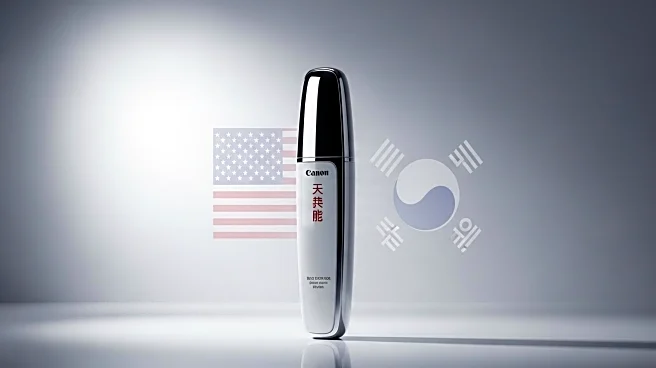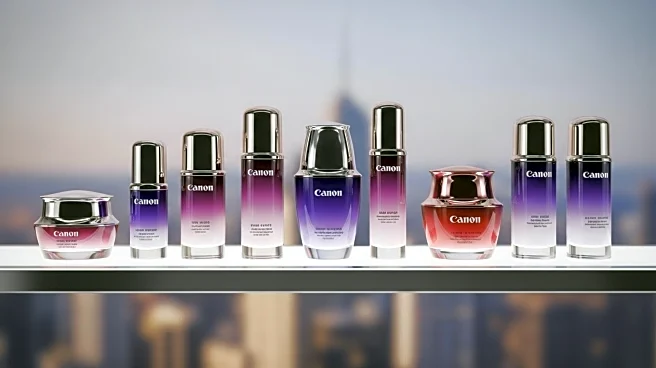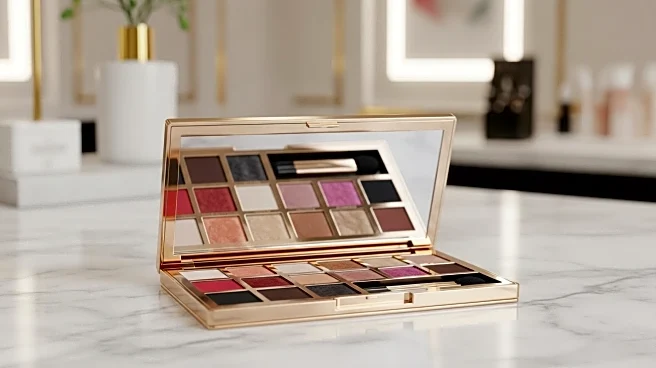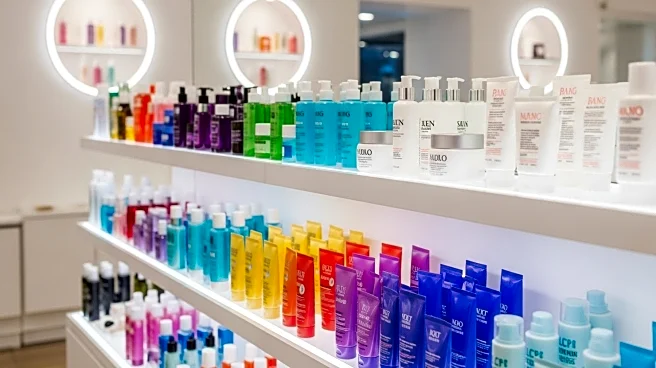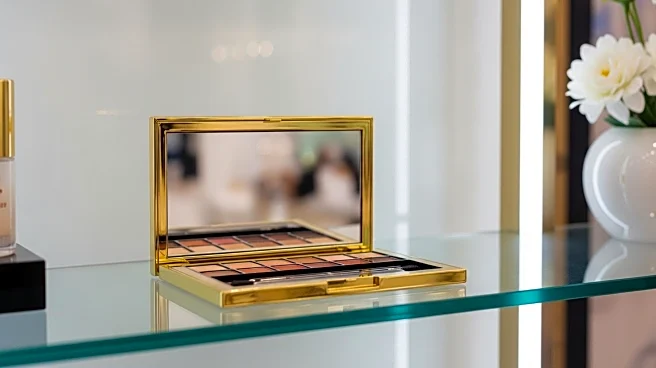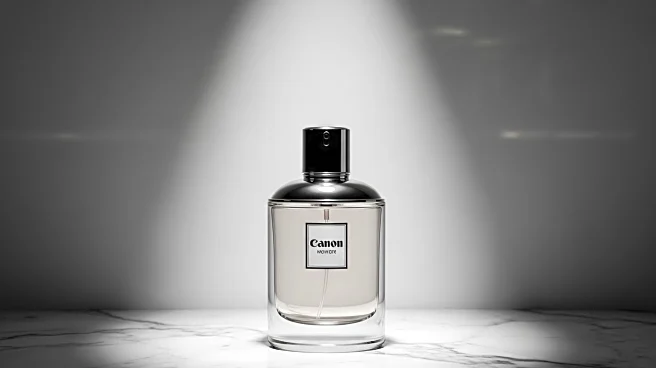What's Happening?
Mintel has reported a significant shift in the US skin care market, with Korean-made skin care products gaining traction. Since 2020, Korean skin care launches have increased by 20%, while US-manufactured product launches have decreased by 16%. This trend is attributed to changing consumer expectations and a widening innovation gap. US brands have slowed innovation, focusing on fewer, larger launches, which has allowed Korean brands to thrive with consistent, advanced product development. Consumers are increasingly seeking science-backed, results-driven skin care experiences, prioritizing products that are clinically validated and offer visible results.
Why It's Important?
The rise of Korean skin care brands in the US market poses a risk to domestic manufacturers, potentially leading to a loss of market share and consumer loyalty. Korean brands excel in promoting their scientific foundations and leveraging dermatologist recommendations, emphasizing efficacy over mere claims. The concept of 'Gwang,' a radiant, healthy glow achieved through regular, layered skin care, is expected to influence US product strategies, shifting formulation priorities toward hydration, barrier repair, and radiance-boosting ingredients. US brands may need to adapt by learning from Korean companies' agile development cycles and consumer engagement strategies.
What's Next?
US manufacturers and suppliers are advised to move faster, delve deeper into R&D, and consider strategic partnerships with international innovators to stay competitive. Investing in science-backed, results-driven formulations and advanced delivery technologies is crucial. Brands should also rethink their approach to product development, focusing on multi-step regimens and single-function products that can be easily incorporated into routines. Transparency around sourcing and sustainability, paired with strong storytelling and rapid feedback loops through social media, can give US brands an edge.

